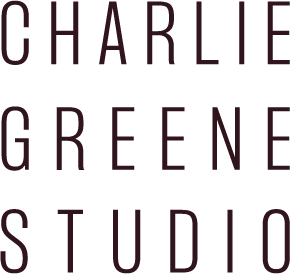Enhancing Workplace Productivity through Art & Design
By: Alison Nordstrom
A few months ago, one of our lighting partners facilitated a presentation on "The Economic Impact of Art & Design in the Workplace." The presentation focused on how design can positively impact workplace productivity. This really resonated with me.
Throughout my career, I've found myself justifying the worth of design. There have been moments where I've had a difficult time proving this to someone who doesn't share the same passion for design as I do. This subject got me a little bit closer to articulating that answer.
According to "Artworks: How Art in the Office Boosts Staff Productivity" (The Guardian, Jan 21, 2016), a study done by Dr. Craig Knight at the University of Exeter asked participants to do an hour's work in four different types of office environments. Some places were referred to as "lean," bare space that gave only the necessary tools to get participants’ jobs done. The other end of the spectrum involved space that they referred to as "enriched." These offices contained thoughtful artwork, accessories, and plant life throughout.
The findings show that people who worked in the enriched and designed environment were 15% faster at their work than in the stark cube farms. Participants doubled their productivity when they were given the agency to arrange where the artwork and plants were placed themselves.
Some believe that keeping the workplace "lean" helps employees avoid distraction. But, according to Dr. Knight’s research, avoiding distraction doesn’t necessarily foster productivity. In fact, giving people a moment to let their minds wander can help to prevent burnout and stress. Lower stress equals happier workers. And happier workers can be more productive workers.
Honestly, I was surprised to learn from the study that giving someone a choice in their environment could double their productivity. This reminds me of a previous blog post on personalization in the workplace. People want to feel belonging and ownership in their environment. It gives people a sense of pride, boosts morale, and makes them want to work for their company.
I’ve always been able to communicate the benefits of a thoughtfully designed workplace to a client. What I find interesting about studies like Dr. Knight’s is that they provide research-based evidence for someone who may only be thinking in terms of project cost, and may not see the value of design. Taking this research into consideration, we may be able to change the discussion from “the project cost” to “an investment in people.” The research proves that a business can gain something invaluable: a boost in productivity, motivation, loyalty, and talent retention which over time can equate to business success.

